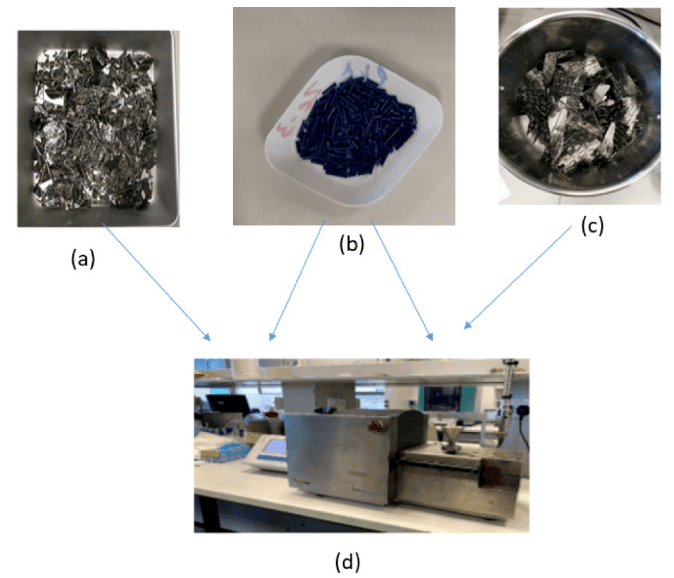Researchers at the United Arab Emirates University (UAEU) are exploring the use of leftover 3D-printed PLA and carbon fiber scraps to develop recyclable composites.
Since the invention of plastics more than a century ago, consumption of plastics has been on the rise, generating polluting waste that poses a challenge to both humans and the rest of the Earth's ecosystem. In the last few years in particular, there has been a push for “green initiatives” in an effort to achieve a more sustainable society. One such initiative is recycling, whereby polymers like 3D printed polylactic acid (PLA) waste are reused for new applications.
Similarly, the demand for composites has increased over the years, with carbon fiber reinforcements being used in both traditional manufacturing and 3D printing. As with polymers, the widespread use of carbon fibers in industries such as automotive and aerospace is contributing to the worsening problem of waste pollution. Researchers took the opportunity to find a way to kill two birds with one stone: repurpose two different waste streams and address material needs in the composites sector. Carbon Fiber Reinforced Polylactic Acid (C/PLA) Polylactic acid, or PLA, is a bio-based polymer that is manufactured using lactic acid produced during sugar fermentation. It was originally developed as a more environmentally friendly alternative to crude oil-based polymers and is technically biodegradable (albeit under industrial composting conditions). In addition to being the most widely used polymer in desktop 3D printing, PLA has a variety of applications in packaging, disposable cups, and more.
While it is very cost-effective, easy to machine, and easy to 3D print, pure PLA has poor thermal and mechanical stability, so it is not suitable for any high-performance applications.
One way to improve the properties of PLA materials is to use additives, such as carbon fiber reinforcements, as carbon fiber composites can provide an excellent coupling of mechanical properties and heat resistance.

Carbon fiber scrap (a, c) mixed with 3D printed PLA scrap (b) in a twin-screw extruder (d) to form a recyclable composite formulation
To make their recycled composites, the research team collected leftover 3D printed PLA from the UAE University's prototyping lab. To obtain the carbon fiber elements in the composites, they chose scraps of CF prepreg and carbon fiber boards. The PLA and carbon fiber scraps were chopped, ground, blended, and melt-mixed with different ratios of additives.
The team then hot-pressed the formulations into “dogbone” samples and used a universal testing machine to characterize the mechanical properties of the recycled composites, finding that both the percentage of additives and the type of filler had an effect on the mechanical properties. Carbon fiber reinforcement generally increased the strength of PLA, with 20% carbon fiber composites having the highest yield strength. However, higher percentages of reinforcement were also found to have a more negative impact on the ductility of the material.
This work shows that it is possible to recycle both PLA and carbon fibers to develop green composites with tunable properties. The authors hope that their project will serve as a stepping stone for others to investigate more efficient ways to create recycled composites for industry.

